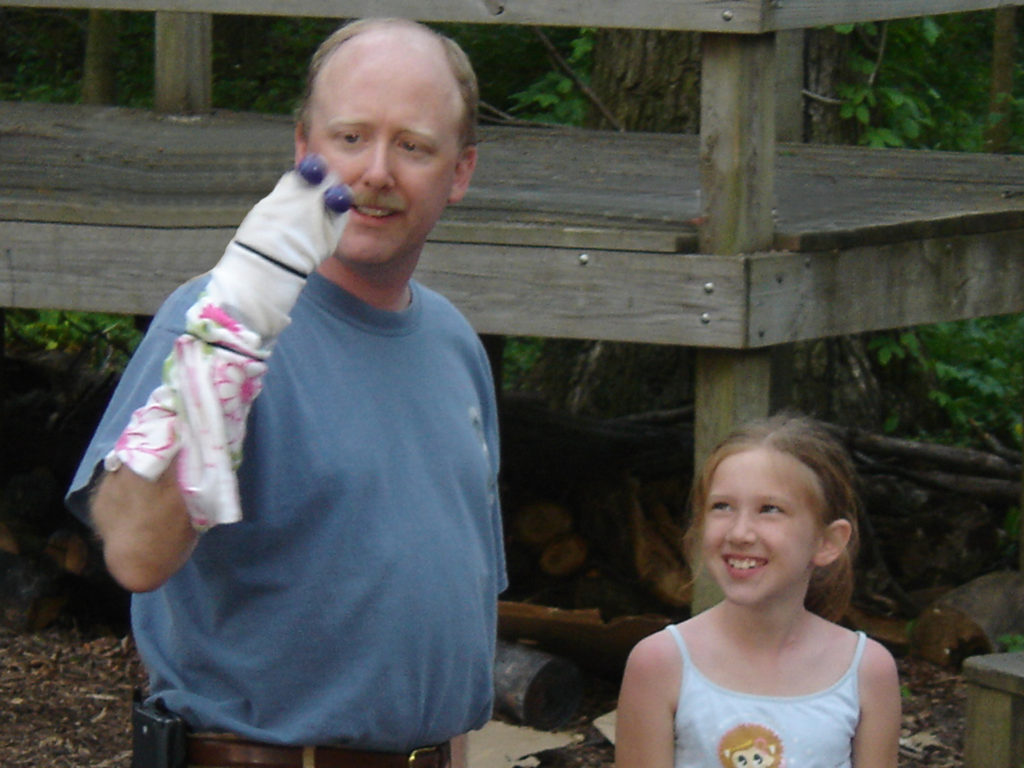
Have you ever been disappointed? What did you do in response?
During a recent meeting with our financial advisor, he said there is a high level of expectation among financial experts for a “disappointment correction” in the stock markets. I’d never heard the term before, but he claimed it is a well-known term in the financial sector.
Here’s one story about the concept.
The gist of this is that investors are disappointed by things not going the way they had anticipated. As a result, they will make adjustments, or corrections, in their holdings and strategies.
The term struck me as being apt for describing what happens in the workplace.
The company promises certain things, setting expectations for the employees. If done right, the employees get all excited about these promises and new ventures. They have renewed energy and focus. They work harder. Then, if things don’t pan out as expected, people become disappointed. Sometimes they will become so disappointed that they make drastic corrections, like moving on to another employer.
It’s a difficult road to travel for leaders. You want to paint a rosy picture, share possibilities, get people excited for what is yet to come. But, if you paint too rosy of a picture, or can’t follow through on those promises, you have to expect some level of frustration and disappointment among the staff. You have to be ready for the corrections.
Then there is the issue of hiring someone who turns out to be a poor fit for the position. The new person starts, everyone is excited, and then disappointment sets in because, well, they aren’t actually qualified for the position. Or, perhaps the job duties were not clearly explained during the interview process. Or, maybe the true nature of the work environment was not clearly articulated. There is a mismatch in expectations. The result is that the hiring manager needs to make a correction.
This can happen on the other side as well. I once started a new job full of eager anticipation. By the end of the first week I realized the job was not what I expected. I was disappointed. I needed to make a correction. It took me a full year to make the correction by changing jobs. The second time this happened, it only took me 5 weeks.
A workplace correction is not always a major deal. Sometimes it only requires a minor tweak to the environment, like a change of your office layout, a new computer, or bringing in a pair of headphones to drown out that annoying gum cracking in the cubicle next to you. Sometimes it means changing the people assigned to a project, or their specific roles within the team. It doesn’t always have to end in parting company.
Disappointment can show up in so many areas of our lives. When it happens, we have a choice. We can be sad, or we can take action – make a correction.
Be aware of your disappointment. Let it motivate you to do what needs to be done to move on. Sometimes a mental shift is the only correction needed, while other times serious changes in lifestyle are needed.
Where are you now? Are your expectations being met? Are you disappointed? If so, it might be time for a correction.


